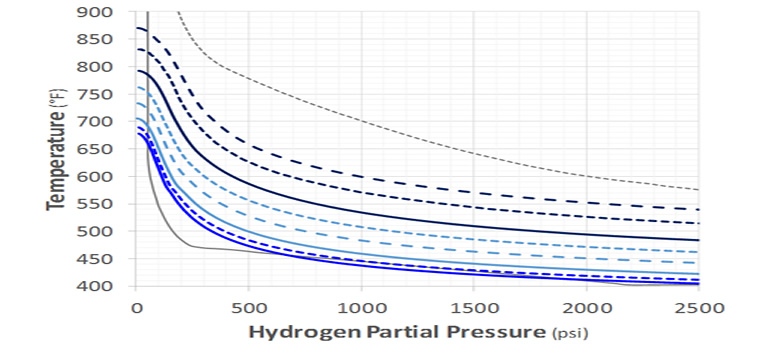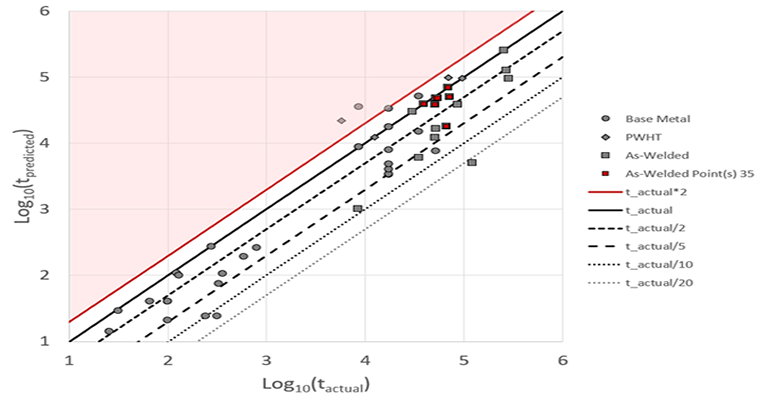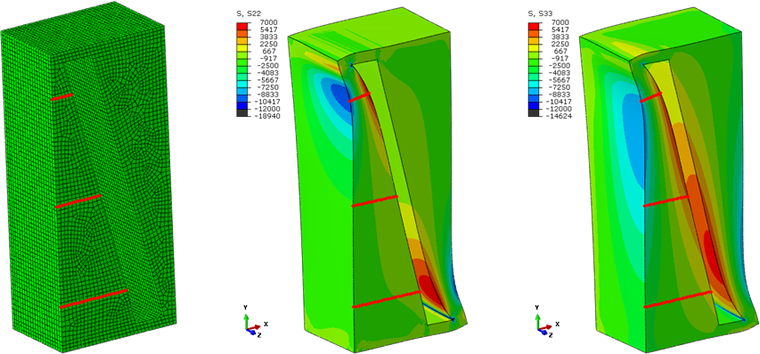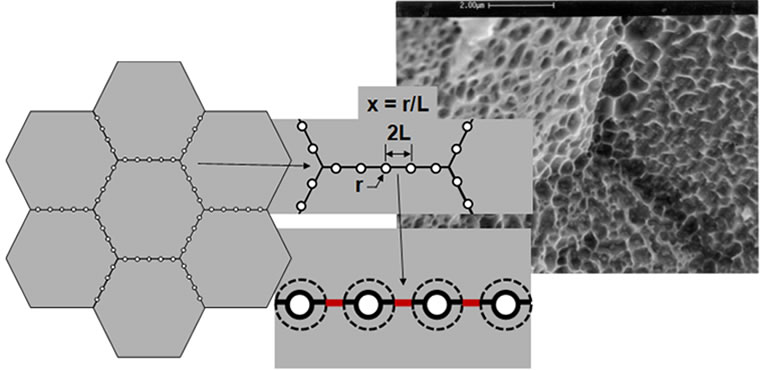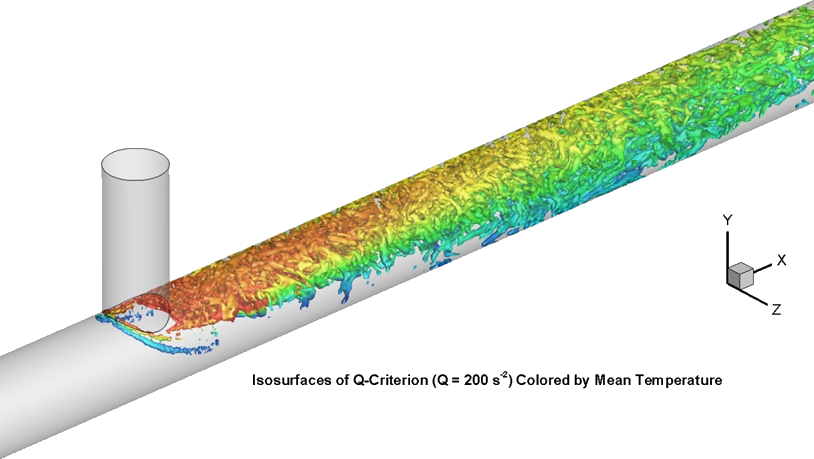Recent Advances in Becht’s HTHA Damage Modeling Approach Part 6: Nucleation Effects and Cutoff Pressure Prediction
Overview We presented a comprehensive five part series on our HTHA modeling approach in the fall of 2020. This series extended the initial work presented in [1] in several significant ways, including: Inclusion of vessel pressure and weld residual stresses Treatment of C-0.5Mo material Direct relation of the damage and life fractions the model predicts […]


